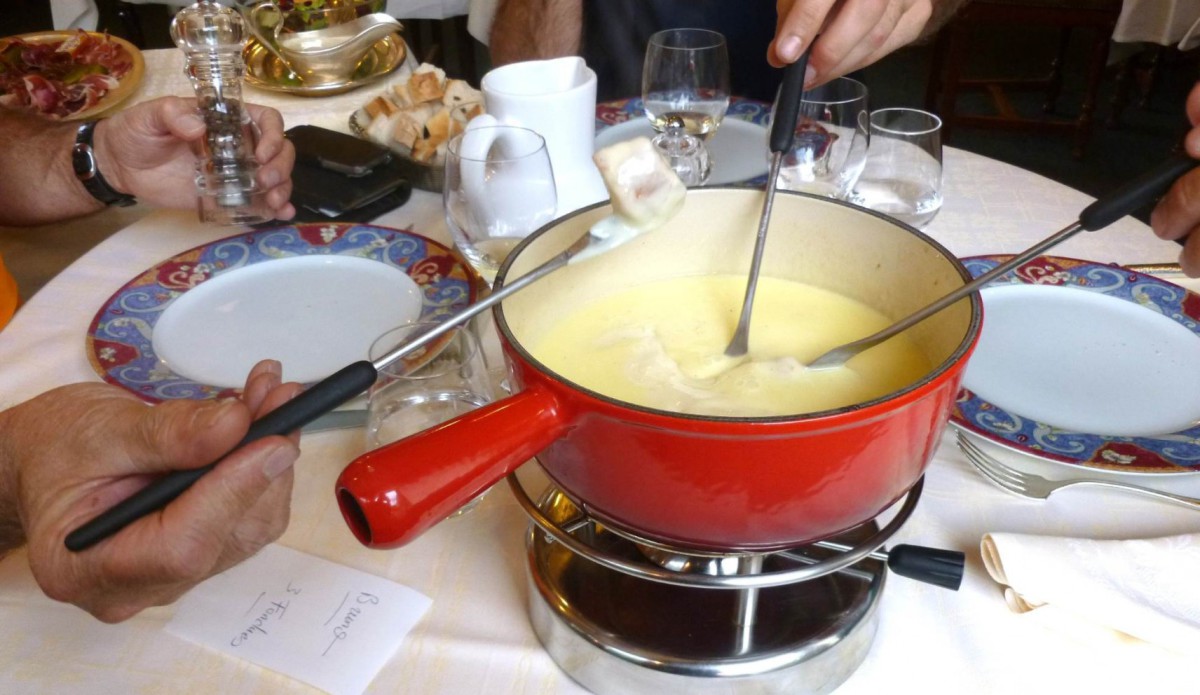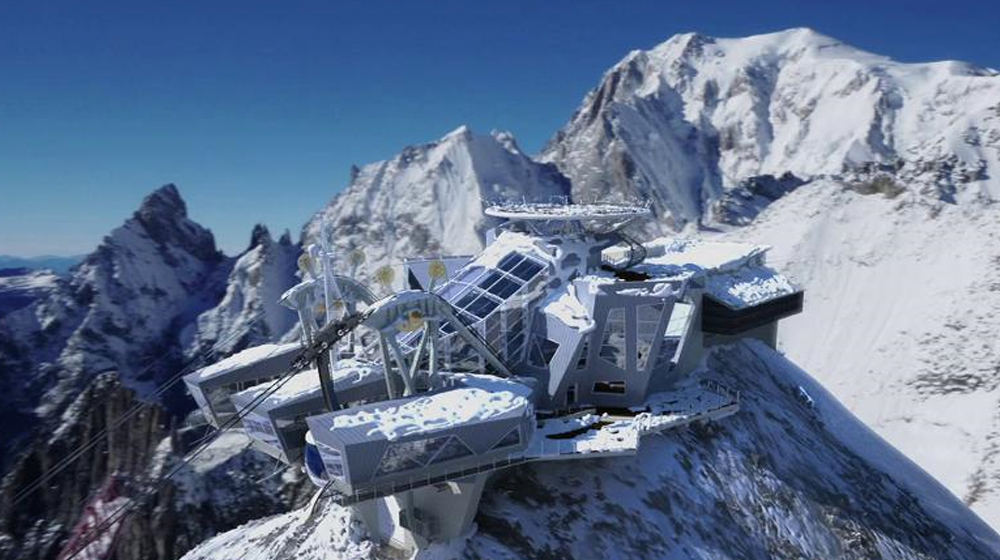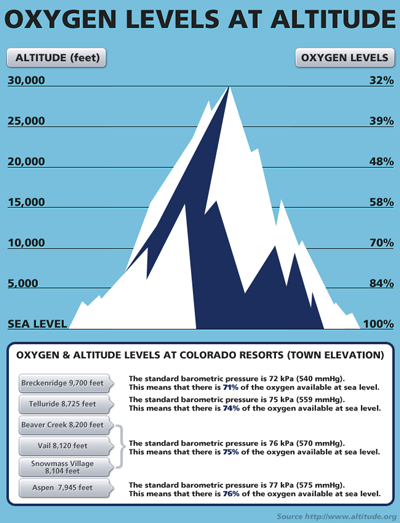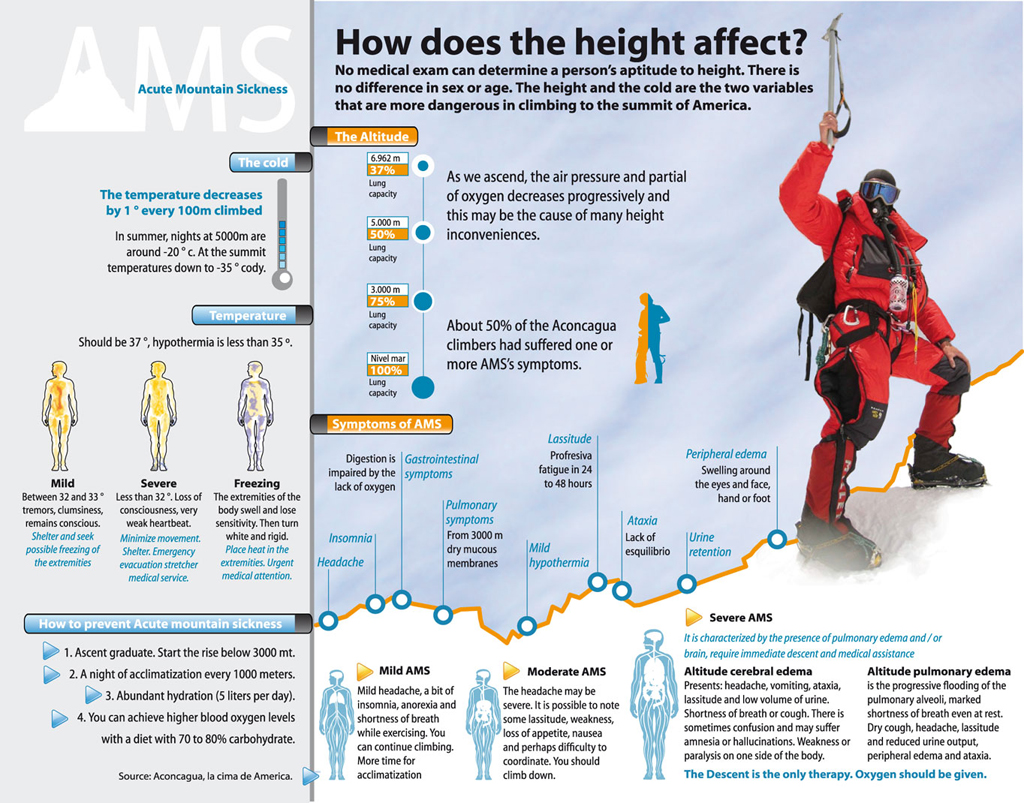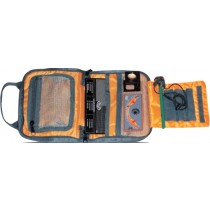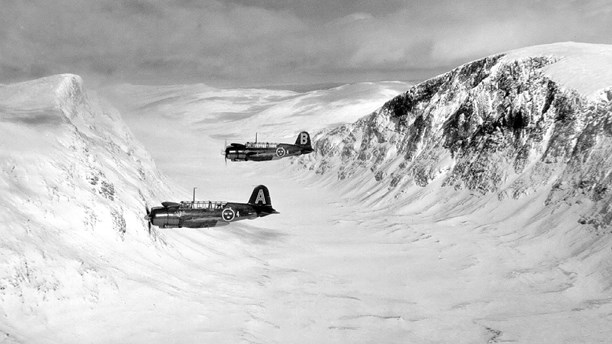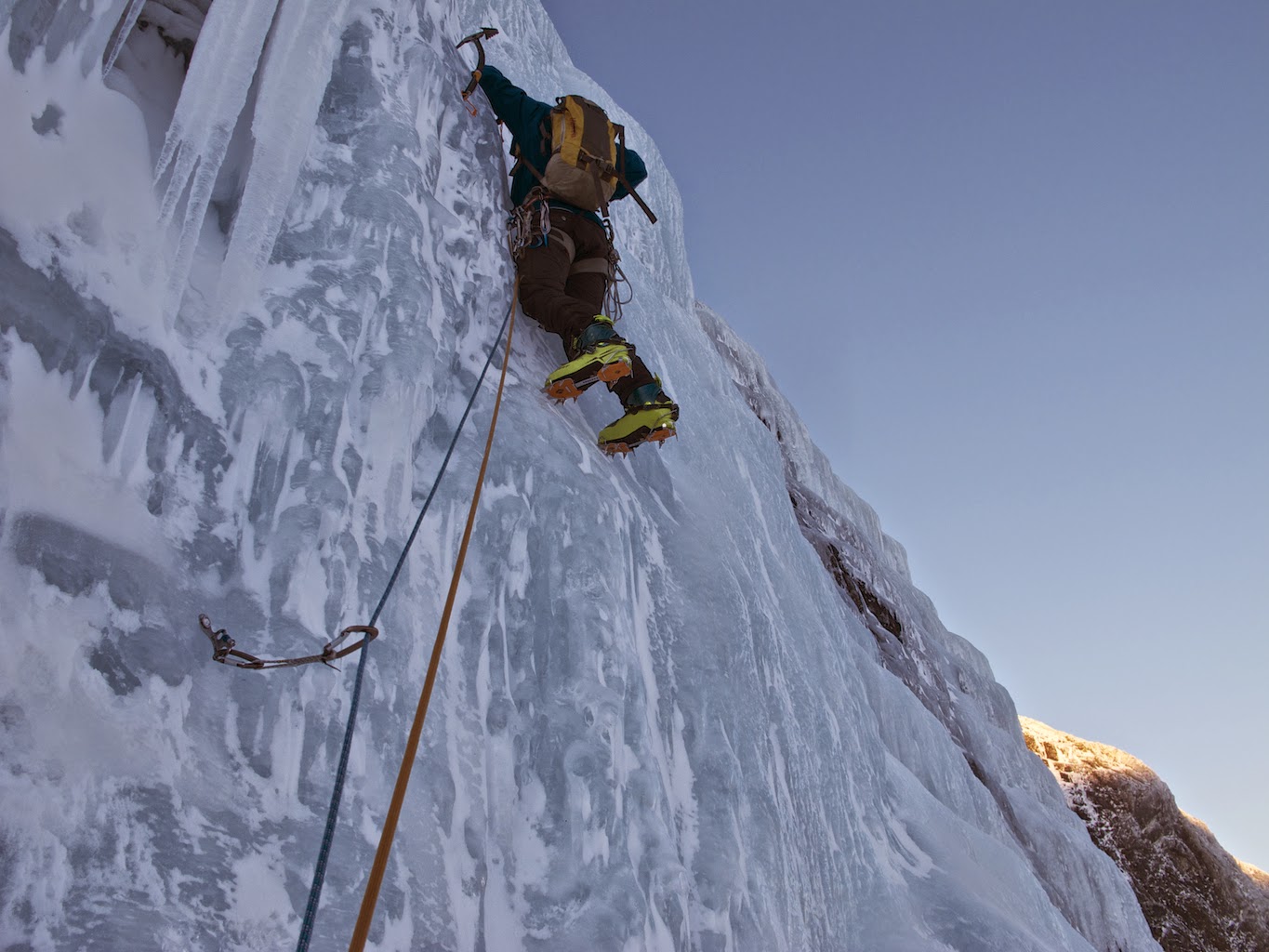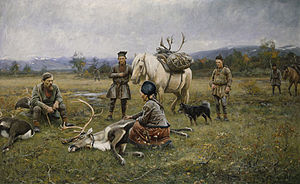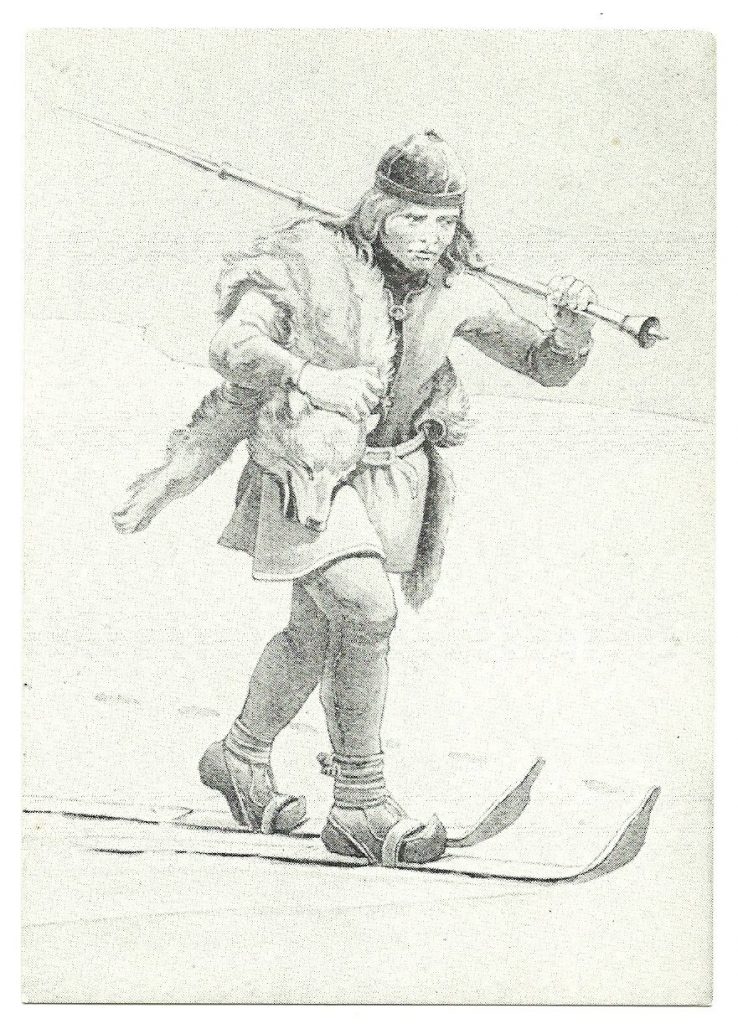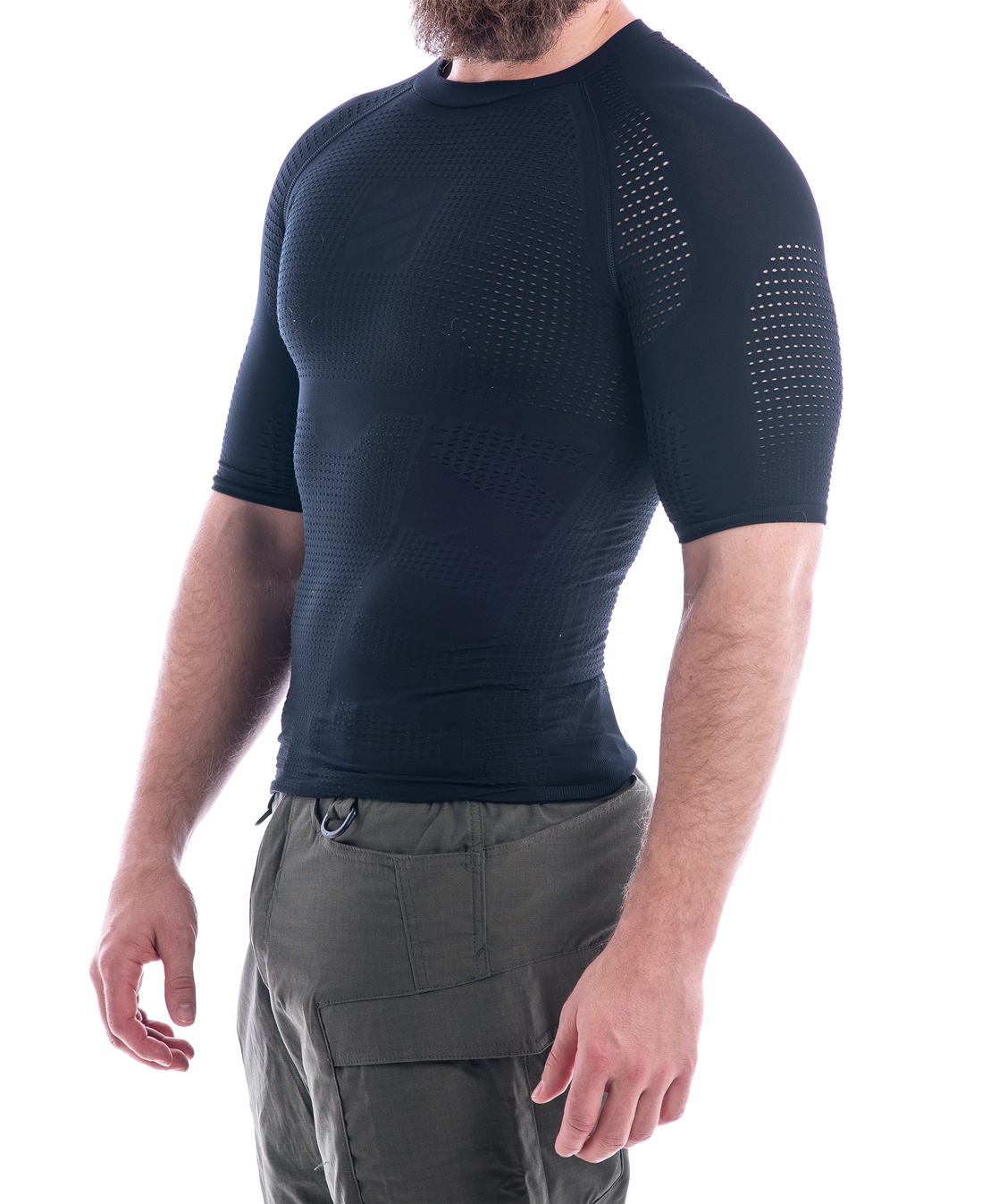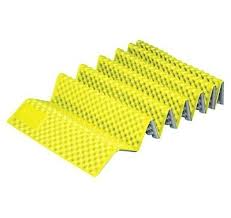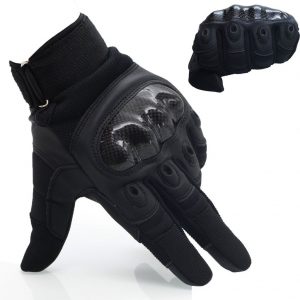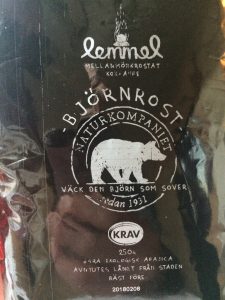
Today we open the 8th door, and get information about frost bites.
Frostbites occurs in principal in three ways:
- cool of peripheral body parts (feet, fingers, ears, cheeks and nose) but maintain central body temperature. ◦If central temperature is not in danger zone, there will be alternately vasoconstriction and vasodilation in cycles of five to ten minutes (hunting reaction). In this manner, the tissue is protected and central body temperature is maintained
◦If central temperature is preserved, the peripheral temperature may be long before permanent tissue damage occurs
◦If the local cold effect is extreme, this effect is not sufficient to protect against damage
- Cold effect of such a nature that the core temperature drops: ◦ ”Hunting reaction” ceases and temperature control mechanisms prioritize constant core temperature. In the peripheral tissues (arms and legs) there is a strong and lasting vasoconstriction which causes the skin areas to cool down very quickly
◦The temperature in these tissues falls until it reaches about -2 ° C. When the extracellular fluid is converted into ice crystals, the temperature is stabilized
◦The formation of ice crystals causes an osmotic gradient that leads to intracellular dehydration with increased risk of cell damage. Skin cells tolerate this quite well, but nerves and blood vessels are more sensitive
◦ If icecrystals are formed in plasma, it may also cause stasis and circulatory arrest in the area.
- In case of rapid freezing (temperature drops above 10 ° C / minute), for example, when exposed to liquid gases, intracellular ice crystals are formed and direct cell death occurs.
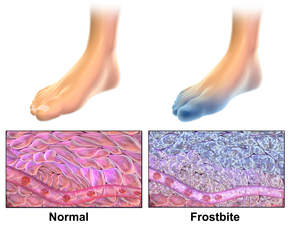
Diagnosis criterias:
Separate between superficial and deep local cold injuries.
• Light or superficial cold damage (Grades 1 and 2) is characterized by the skin being movable relative to underlying structures.
• Serious or deep cold damage (Grades 3 and 4) is characterized by the skin’s hardness and immobility relative to underlying structures
Treatment goals:
• Restore normal temperature and blood flow as possible in the affected area.
• Give pain relief and possible infection prophylaxis.
• Facilitate the best possible healing of the injured area and avoid further tissue destruction.
Treatment of frostbites:
Quick and correct warming of the cold-damaged area is the basis for treating cold damage, such as hands-freezing.2◦The opening should not start until the risk of new nasal discharge is small
◦Updining of major cold injuries should often wait until medical treatment is available with regard to the pain
• If there is a cold freezing cold (prolonged cold but above freezing point), heating should be slower.
• pain relief when thawed ◦NSAID reduces tissue disorder, but opioids are usually necessary
◦Amitriptyline can be effective in cold weather without frost
• In case of acute and severe cold damage with a risk of tissue destruction, and if less than 24 hours have elapsed after the injury, thrombolysis may be relevant.3
• If the risk of infection is high, preventive antibiotic treatment is indicated.
• Good wound care and treatment with aloe vera cream reduces tissue damage.
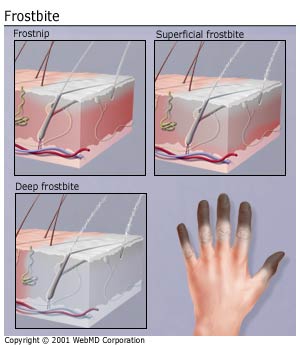
And todays X-mas gift suggestion will be…
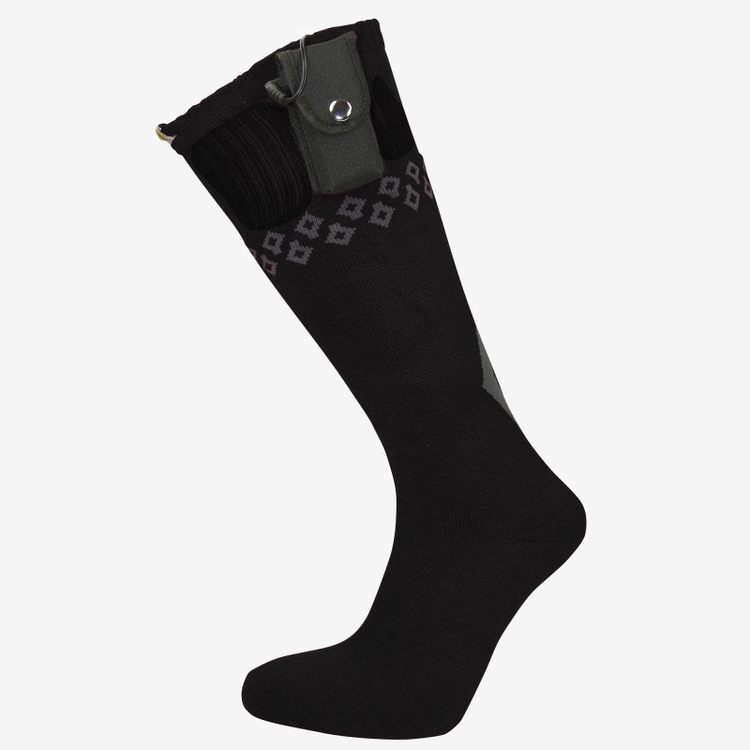
A sock with a heat package..
https://www.smartasaker.se/sv/artiklar/batteriuppvarmda-sockor.html
And a rescue blanket which will keep you warm in case of emergency..
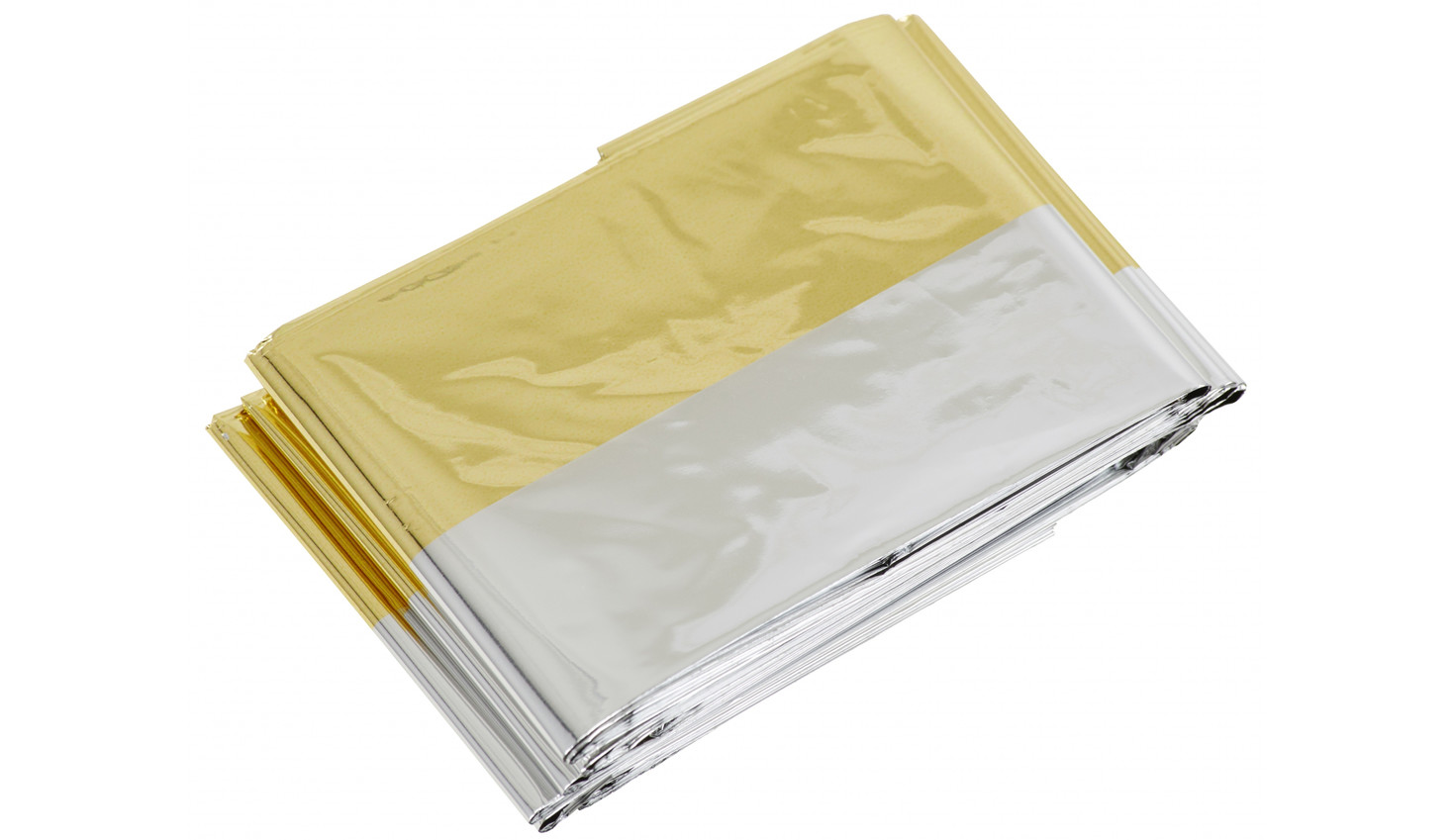
https://www.addnature.com/campz-rescue-blanket-496075.html
https://www.youtube.com/watch?v=yhCUCxet2a4
See ya fomorrow..








